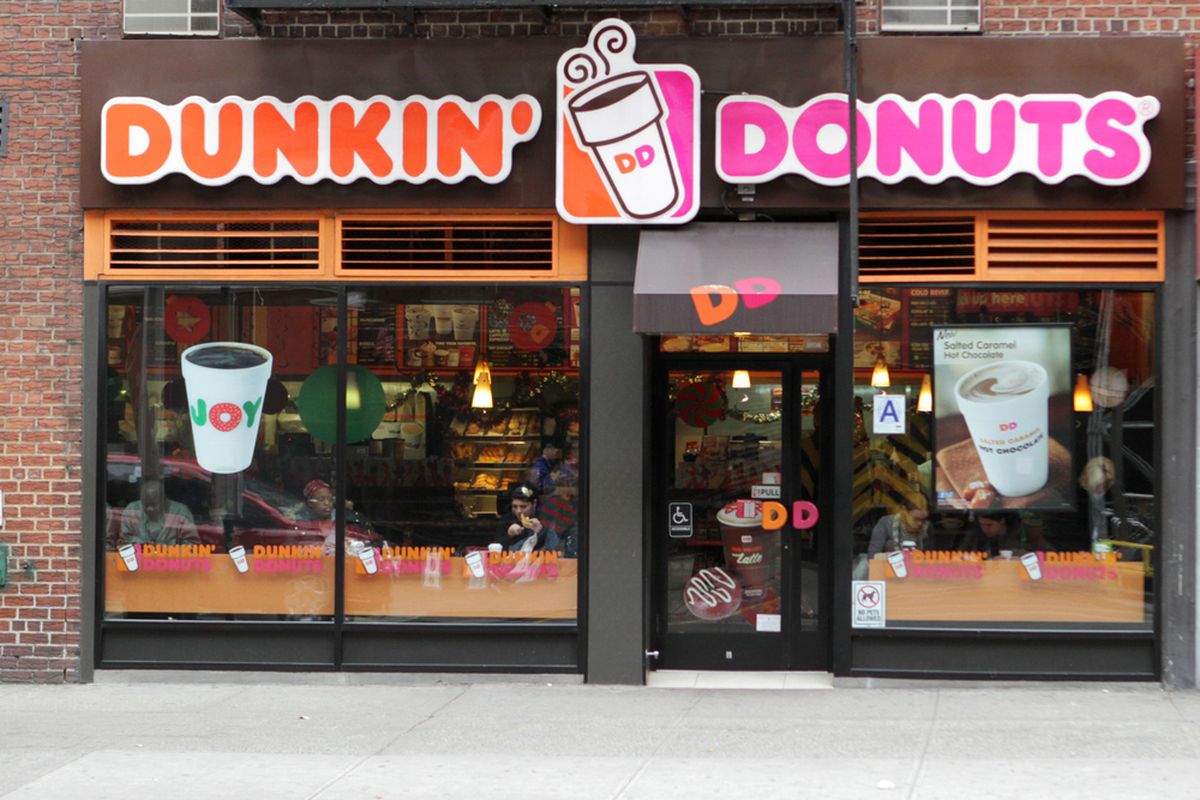Social Media’s Role in the Boycott: Dunkin Donuts Boycott Rumble

Social media platforms played a pivotal role in amplifying the Dunkin’ Donuts boycott, providing a platform for widespread dissemination of information, mobilization of supporters, and coordinated action. The interconnected nature of these platforms enabled rapid and efficient communication, allowing the boycott to gain momentum quickly and reach a large audience.
Impact of Social Media Platforms, Dunkin donuts boycott rumble
Social media platforms facilitated the boycott’s success by providing a means for individuals to share their grievances, organize collective action, and amplify the message of the boycott. These platforms allowed for the rapid spread of information, the mobilization of supporters, and the creation of online communities dedicated to the boycott.
Prominent Hashtags and Online Communities
Several hashtags and online communities emerged on social media platforms, becoming focal points for the boycott movement.
- #DunkinBoycott: This hashtag served as the primary rallying cry for the boycott, uniting individuals and spreading awareness of the movement. It was widely used on Twitter, Facebook, and Instagram, allowing users to share their reasons for participating in the boycott and to connect with others who shared similar concerns.
- #BoycottDunkin: This hashtag served as a complementary call to action, further amplifying the message of the boycott. It was frequently used alongside #DunkinBoycott, creating a cohesive online presence for the movement.
- #DunkinIsOver: This hashtag expressed a sense of disillusionment with Dunkin’ Donuts and its practices, emphasizing the boycott’s objective to hold the company accountable. It was often used in conjunction with #DunkinBoycott and #BoycottDunkin, highlighting the collective sentiment of dissatisfaction.
Viral Content
Viral content played a crucial role in spreading awareness of the boycott and mobilizing support. Several examples of viral content effectively communicated the boycott’s message and encouraged participation.
- Videos: Several videos shared on social media platforms depicted individuals sharing their reasons for boycotting Dunkin’ Donuts and urging others to join the movement. These videos often went viral, garnering millions of views and sparking discussions about the boycott.
- Memes: Humorous memes created around the boycott effectively spread awareness and engaged a wider audience. These memes often used popular culture references and humor to make the boycott message relatable and accessible to a broader audience.
- Infographics: Infographics summarizing the reasons for the boycott and highlighting the company’s practices were shared widely on social media platforms. These infographics provided concise and easily digestible information, making it easier for individuals to understand the boycott’s message and its implications.
The Boycott’s Aftermath and Implications
/cdn.vox-cdn.com/uploads/chorus_image/image/56084037/458335982.0.jpg)
The Dunkin’ Donuts boycott, while garnering significant attention, had a mixed impact on the company’s operations and ultimately served as a valuable lesson for businesses navigating the complexities of public perception and social media.
Dunkin’ Donuts’ Response to the Boycott
Dunkin’ Donuts’ response to the boycott was multifaceted. The company initially attempted to address the concerns raised by boycott participants through a series of public statements and social media posts, emphasizing their commitment to diversity and inclusion. However, the company also faced criticism for perceived lack of transparency and concrete action.
The Long-Term Impact of the Boycott on Dunkin’ Donuts
The boycott’s long-term impact on Dunkin’ Donuts remains a subject of debate. While the boycott did lead to a temporary decline in sales, the company ultimately recovered, demonstrating the resilience of a well-established brand. However, the boycott’s lasting impact on public perception and brand image cannot be fully quantified.
Lessons Learned from the Boycott for Other Businesses
The Dunkin’ Donuts boycott serves as a cautionary tale for businesses operating in today’s hyper-connected world.
- The importance of proactive communication: Businesses must be prepared to address public concerns promptly and transparently, avoiding the appearance of silence or inaction.
- The power of social media: Social media platforms can amplify both positive and negative sentiment towards a brand, making it crucial for businesses to engage in responsible and ethical social media practices.
- The need for a robust crisis management plan: Businesses should have a clear plan in place for responding to boycotts and other public controversies, ensuring swift and effective communication with stakeholders.
Dunkin donuts boycott rumble – The Dunkin’ Donuts boycott rumble was a storm in a coffee cup, a passionate debate about values and priorities. But amidst the swirling arguments, a different kind of climb was unfolding – the sport climbing combined Olympics live , a testament to human strength and resilience.
Watching these athletes conquer the wall, you realize that sometimes, the greatest battles are fought not against corporations, but against the limits of our own potential. And that, perhaps, is a message worth savoring, even with a cup of lukewarm coffee.
The Dunkin’ Donuts boycott rumble was a whirlwind of social media outrage, but amidst the caffeine-fueled chaos, a different kind of climb was taking place: the sport climbing combined Olympics USA team was scaling new heights, proving that even in the face of controversy, dedication can lead to victory.
The boycott, like a challenging route, demanded focus and resilience, and while the outcome remains to be seen, the Dunkin’ Donuts saga reminds us that sometimes, the biggest battles are fought not on the streets, but in the hearts and minds of the people.
